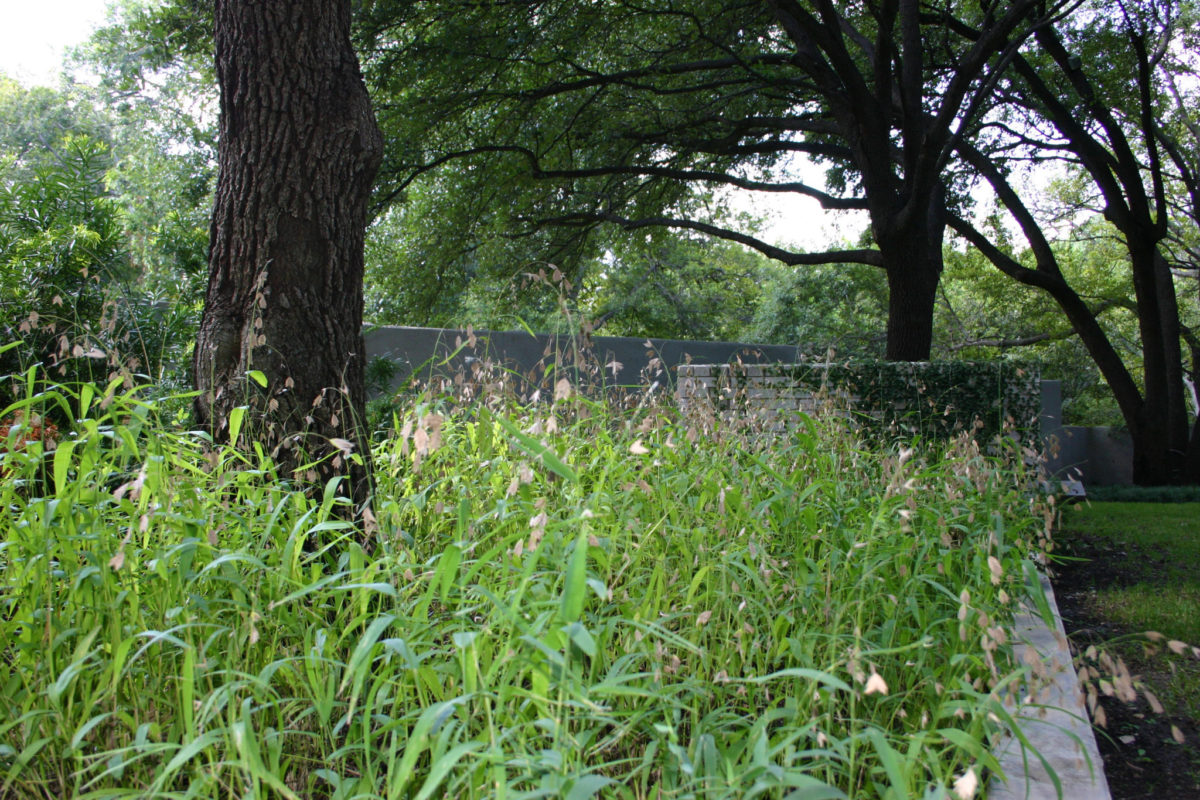Fountain Grass ‘Hameln’

Fountain Grass ‘Hameln’
(Pennisetum ‘Hameln’)
A bunch grass with fine, wheat-like inflorescences that wave in the breeze. Two to three feet tall. Fountain grass is one of the most drought-tolerant and useful landscape plants for North Texas—remember, we live in a grassland! A smaller variety, ‘Little Bunny,’ has also proven very tough; ‘Moudry’ tends to freeze in some of our harder winters. The flower show for ‘Hameln’ can easily be spectacular for six months. Cut back the straw-colored foliage when you tire of it in late winter (I usually do it on the first of March).



